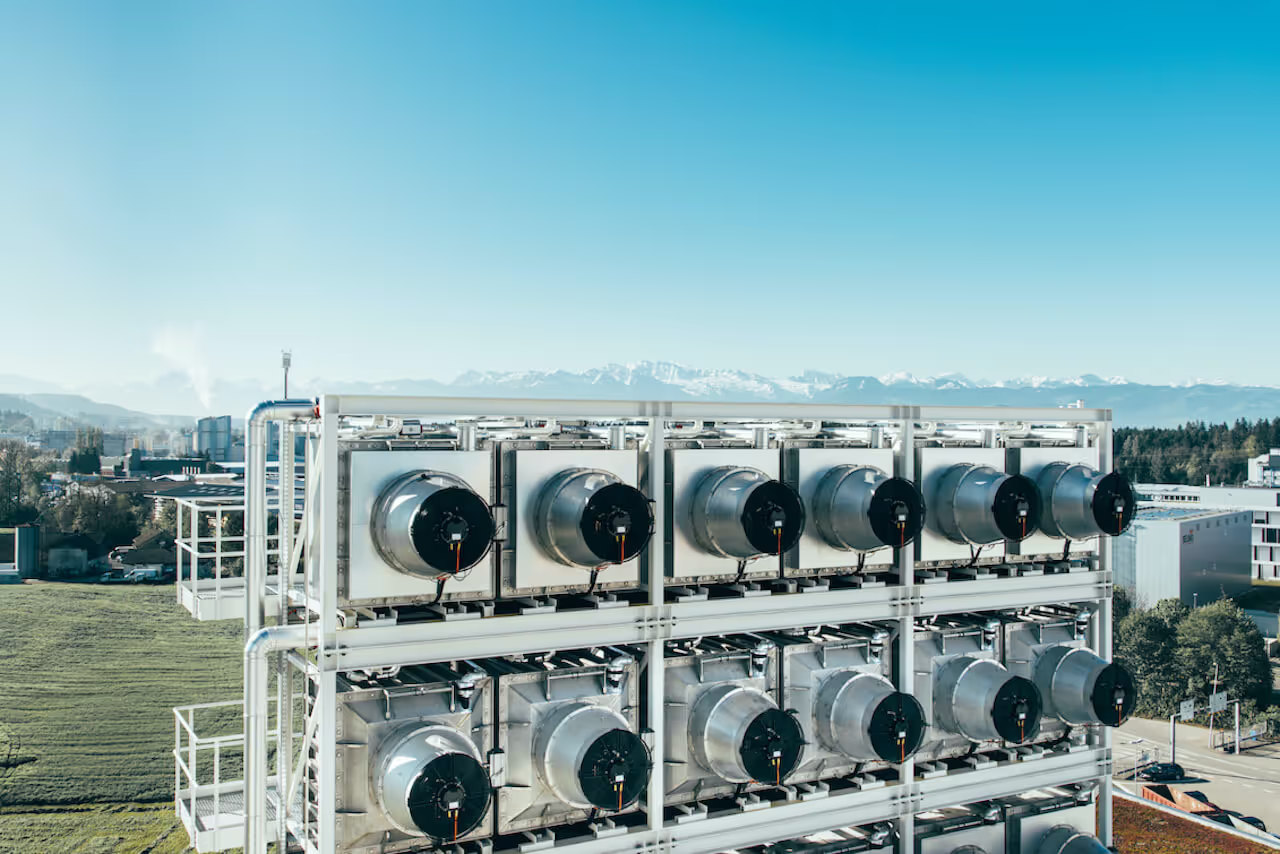Climate change is a complex problem, and as such, reversing it requires a complex, multi-pronged solution. In order to narrow the focus and create international cooperation among governments and industry, the Paris Agreement created a global goal of limiting temperature rise to 2 (or even 1.5) degrees celsius in the twenty-first century. Meeting that goal will, scientists believe, reduce the risk of destruction to food supplies and communities around the world.
Because CO2 is the greenhouse gas that accounts for most of society’s emissions, climate scientists track worldwide levels of atmospheric CO2. 350 ppm (parts per million) is an acceptable level, and the level where activists urge global leaders to do their best to remain. But 2020 saw ppm levels hurdle over 400. In order to meet the Paris Accords’ goals for limiting global temperature rise, societies around the world must also work toward a lower level of atmospheric carbon dioxide.
While much of climate policy focuses on reducing emissions (e.g.: the carbon tax), atmospheric carbon levels over 400 ppm mean climate problem-solvers are also looking for ways to remove atmospheric carbon on a large scale. Scientists say this dual-action approach (reducing and removing) is the only way to reverse climate change at the rate necessary to meet our goals.
A technology called direct air capture (DAC) removes CO2 from the air by quite literally sucking it out using a fan-like machine—and then converting the CO2 into concentrated carbon that can be sequestered or reused.
“If we think of where all the CO2 came from,” says Jan Wurzbacher, Founder & Director of Climeworks, which creates and operates machines that perform direct air capture, “it came from underground, right? Fossil oil and gas. We’ve opened these reservoirs, taken the carbon out, and now we are putting the carbon back into the ground.”
How does direct air capture work?
Climeworks is one of just a few companies developing DAC technology (Carbon Engineering in Canada and Mechanical Trees in Ireland are two others). Since this technology is complex and the infrastructure is laborious to create, climate stakeholders once shied away from making a financial investment they weren’t confident would pay off. Companies like Carbon Engineering, Climeworks, and Mechanical Trees are currently some of the sole players in this field, and due to the gains they’ve made in optimizing the technology to function on a large scale, DAC technology is becoming a big piece of the carbon removal puzzle.
The basic concept behind DAC is to capture ambient CO2 from the air using a fan-like machine containing a hydrogen solution that separates out the carbon dioxide. Excess hydrogen and oxygen are released as water (Carbon Engineering uses it to replenish the hydrogen solution used in stage 1), while the CO2 enters a concentrated form and then undergoes a few more chemical processes that prepare it to be stored, sold, or reused.

While DAC technology is new, it is related to other forms of capturing and sequestering carbon that have been more widely pursued.
- Carbon capture and use (CCU) is the process of removing carbon dioxide from either the atmosphere, biomass, or the burning of fossil fuels and recycling it to make new products.
- Carbon capture and storage (CCS) is the process of capturing and storing carbon released from the burning of fossil fuels at their source (usually factories and power plants).
While these methods are able to reduce carbon emissions, they don’t have a carbon-negative effect. The beauty of DAC technology is that it can capture CO2 directly from the air—anywhere. Mechanical Trees’ machines, which “passively” collect air using wind—aka totally renewable energy—can be set up in clusters anywhere in the world, much like windmills or, as the name suggests, trees.
What happens to the CO2 after it’s captured?
Once the CO2 has been processed through the capture device and treated, it can take two routes to the next phase of its life: it can be reused, or it can be stored.
Reuse
Think of this as carbon recycling. Carbon reuse can help companies become carbon neutral if they calculate the amount of carbon being used for business as usual and ensure an equal amount is being offset by carbon reuse. Carbon, being a key component in both the natural and synthetic world, can be recycled into a wide variety of marketable physical materials, from concrete to insulation. Some critics say while carbon reuse is a helpful alternative to simply creating more pollution, it doesn’t go above and beyond by removing even more carbon dioxide than the original manufacturing activity produces.
Storage
Burying the carbon underground where it can’t escape back out and continue its role in warming the Earth is the most environmentally impactful option. One way of burying carbon is geological sequestration: injecting it deep underground where it will remain for hundreds or even thousands of years. Geological carbon storage offers a route to carbon-negativity—that is, removing more carbon from the atmosphere than is produced.
Currently, there are two leading ways of storing carbon geologically.
- Storing it underground in a stable form like rock, concrete, aggregate or biochar.
- Storing it in liquid form. One popular method of liquid carbon storage is called enhanced oil recovery (EOR). This technology is similar to fracking, in which liquids are injected into rock formations to ease the harvest of fossil fuels. The major difference between EOR and fracking is that while fracking creates new fissures to shake oil reserves loose, EOR pumps liquid carbon through already-existing channels.
Two DAC technology companies have come up with innovative ways to both store and reuse.
Blue Planet, a company using DAC technology to turn carbon into concrete and aggregate for construction projects, helped build the San Francisco airport and the city’s Salesforce Tower using aggregate containing captured carbon. Similarly, Climeworks partners with CO2 mineralization company Carbfix to turn the carbon captured at their DAC plant in Iceland into stone, which is then buried beneath the DAC plant. Water flows off the plant and filters through the stored minerals in order to help power the plant. While there are many companies storing carbon, these are two of just a few innovators using DAC technology to capture and store carbon.
Direct air capture co-benefits
The major co-benefit of recycling carbon is economic. Using DAC technology in general creates jobs: a study from Rhodium Group projects that DAC plants can add jobs by requiring an average of 278 employees to run and maintain the facility in addition to supporting up to ⅓ of all current manufacturing jobs in the US and increasing engineering jobs by 13 percent. But reuse creates economic demand by producing renewable products like synthetic fuel (diesel, gasoline, and more—all made without harvesting new fossil fuels and are therefore cleaner to burn) and clean carbon that can be used in a variety of industries.
Direct air capture risks
Setting up a DAC operation is a very large-scale project that requires a significant financial, spacial, and organizational investment—and that can feel risky to stakeholders who want to see a surefire return on their investment quickly. For years, the cost of DAC hovered around $300/ton of CO2. Now, however, most companies believe they can do it at about $100/ton.
The underlying economic challenge still remains, though: DAC technology would be most efficient at fighting climate change if it were simply removing carbon freely from the atmosphere and storing it—but few stakeholders are willing to invest in something so expensive and see no immediate economic return. Most DAC projects are pinned to part of our current economy, which limits the impact of this potentially game-changing technology.
Direct air capture technology has the power to make a major impact on atmospheric carbon dioxide levels as we enter into a new decade. The question for technologists, businesspeople, scientists and policy-makers is how to best scale DAC operations and integrate them with current CO2 reduction strategies.





